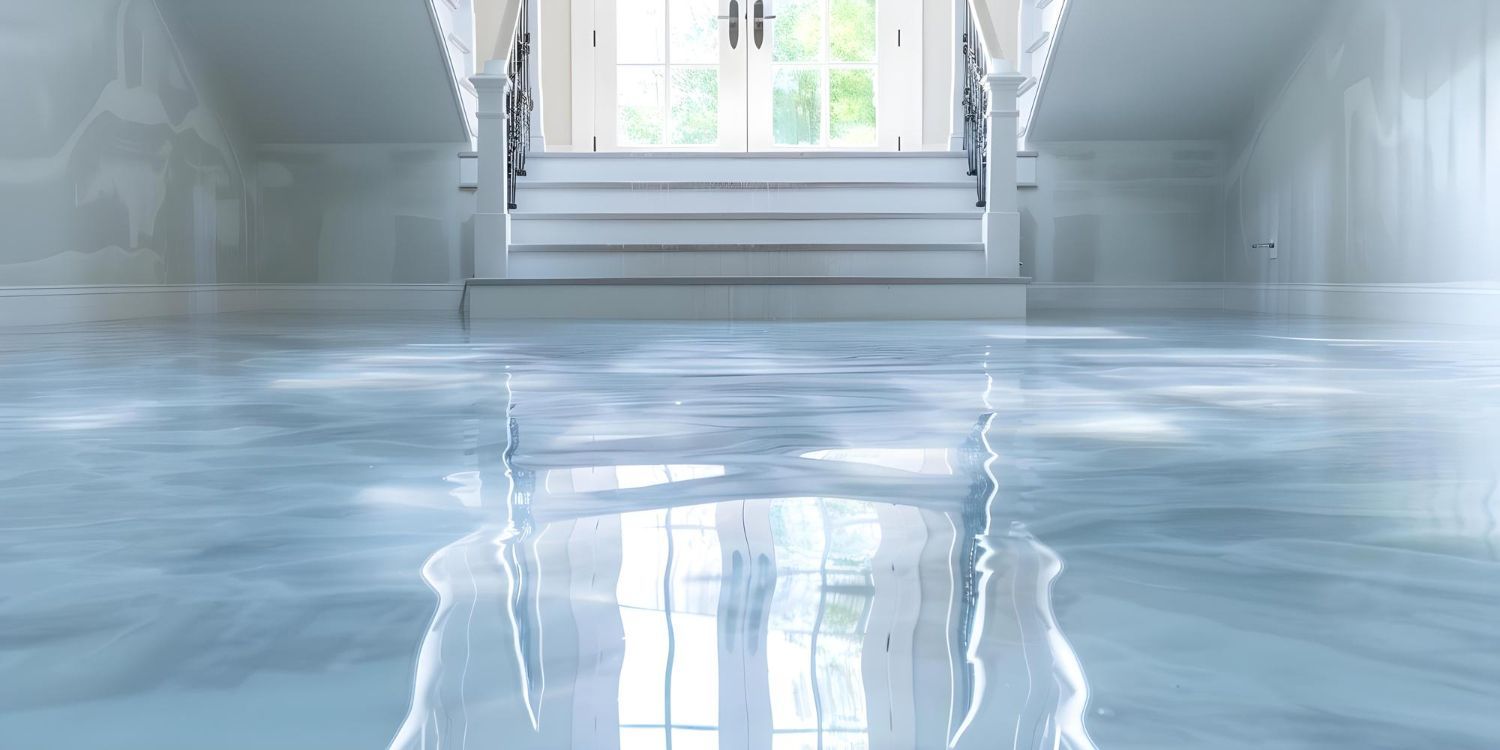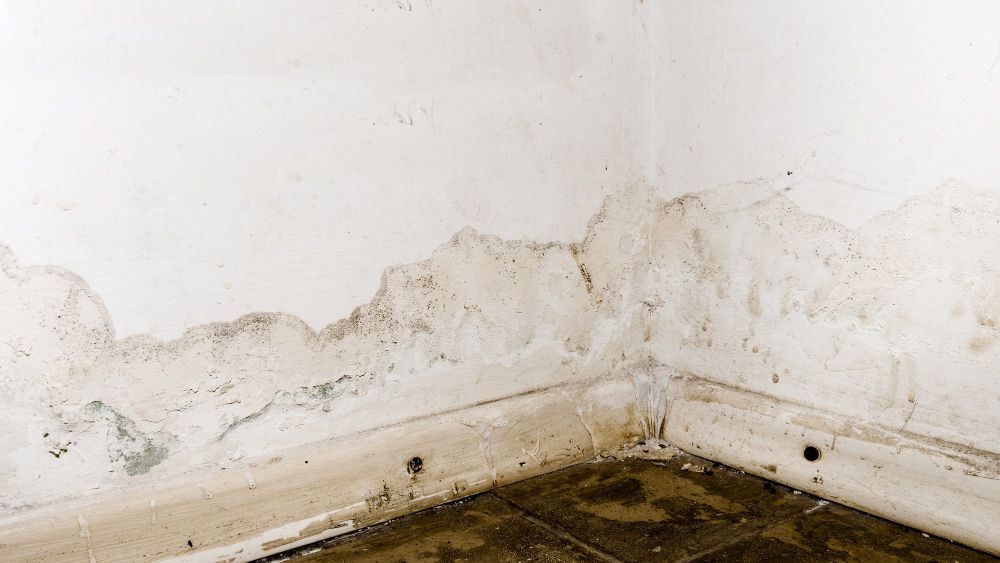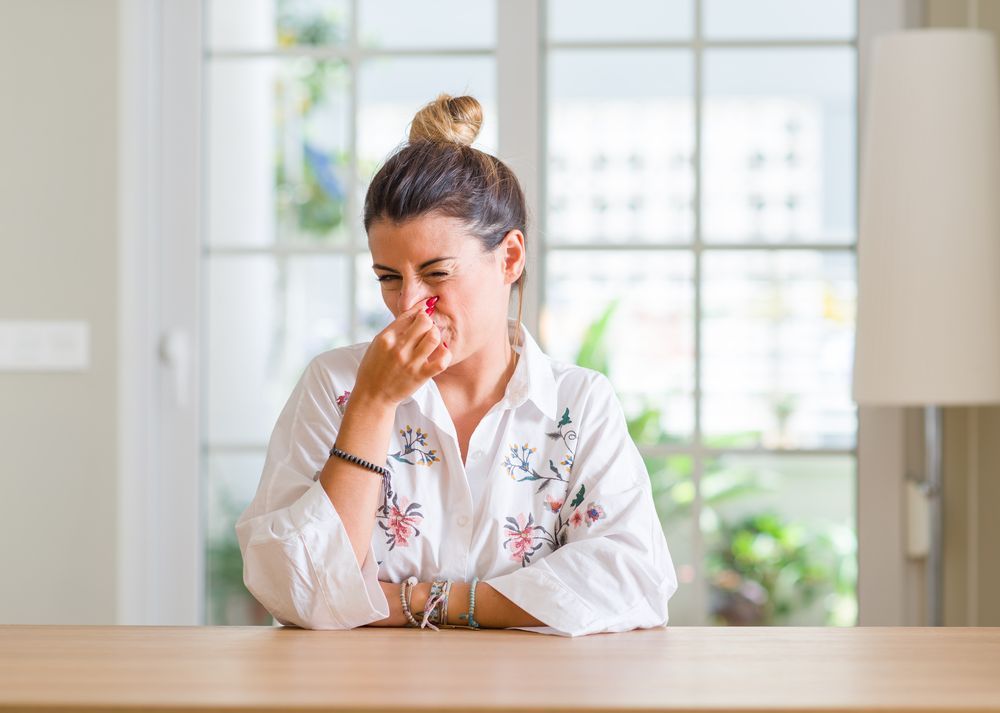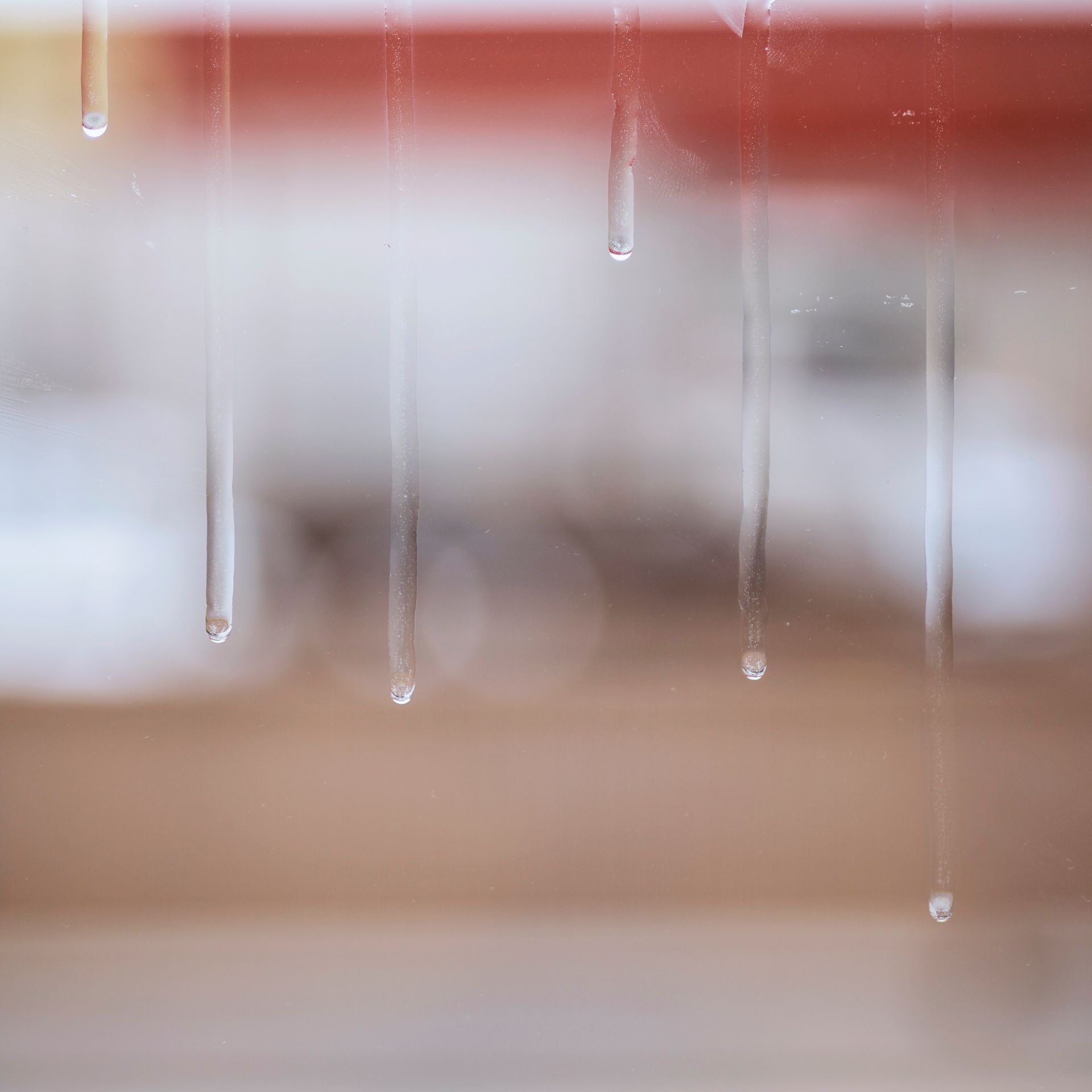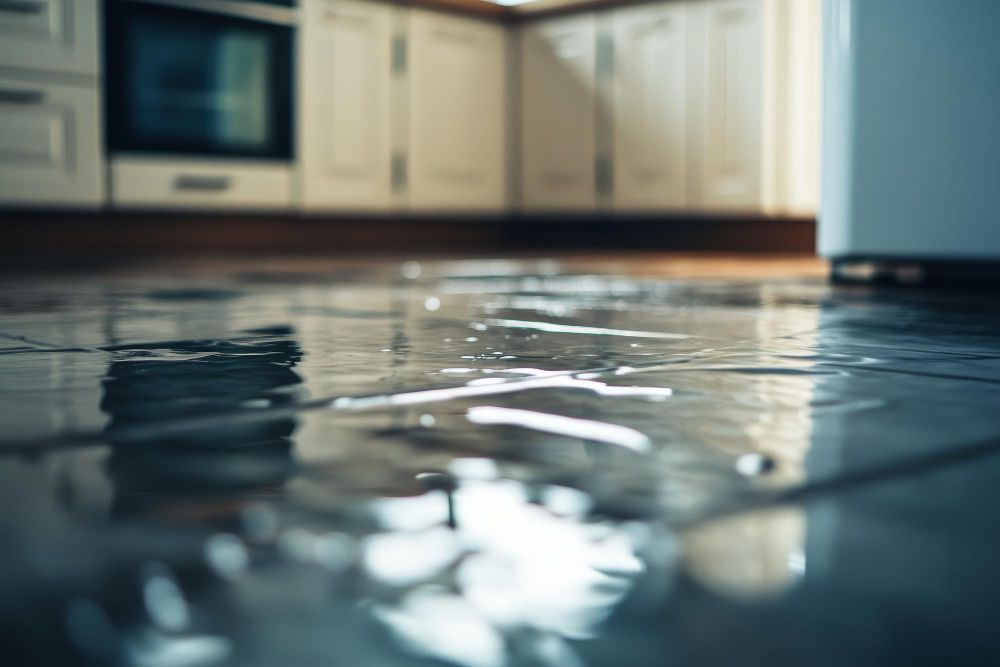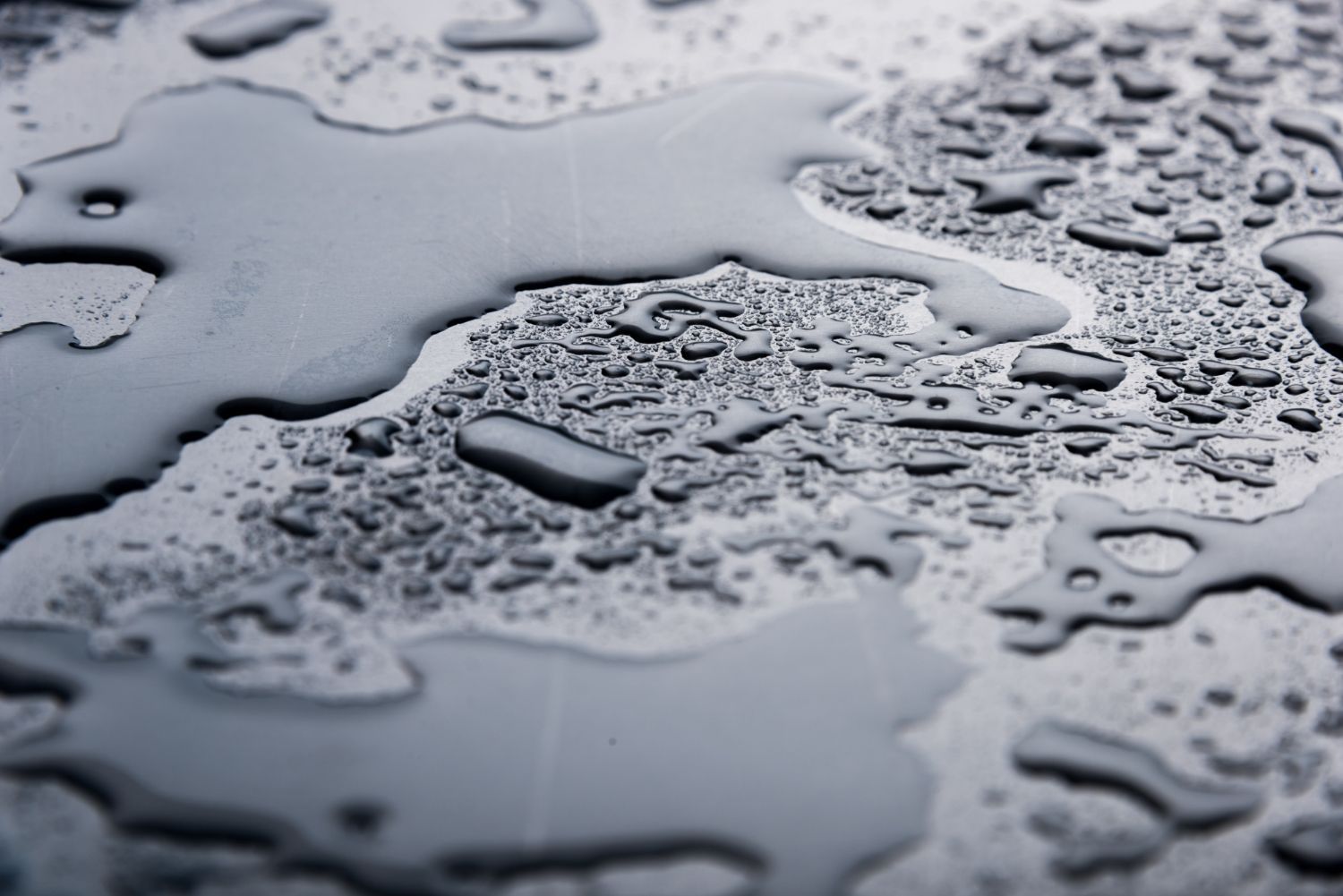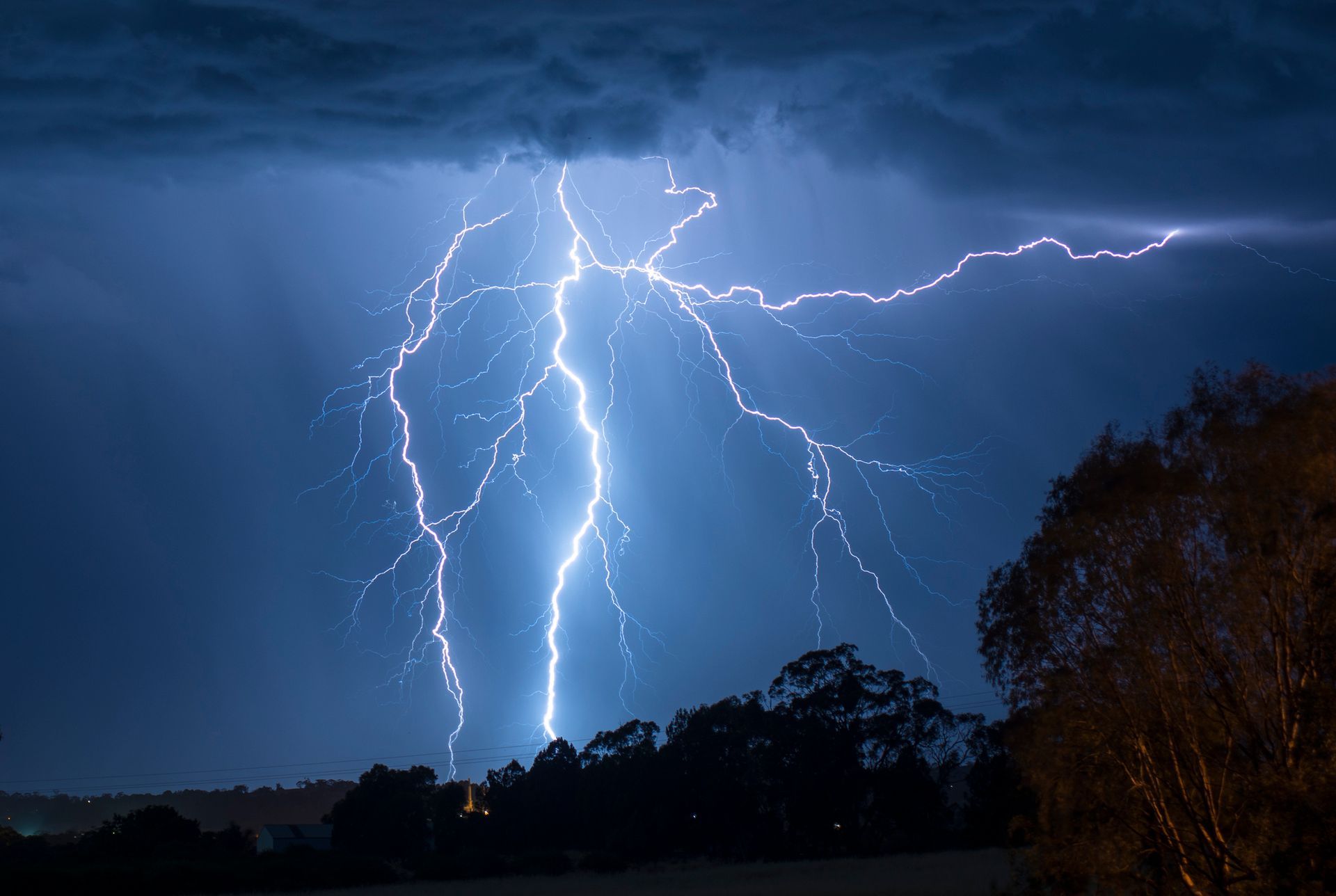Is Mold Possible During the Winter?
Is Mold Possible During the Winter? -Eldersburg, MD

Mold development is something we definitely want to avoid when it comes to house management. Many people believe mold is a seasonal issue and that it goes away as the weather gets cold. But the reality is that temperature has a big impact on mold development, therefore it should be handled as a year-round issue.
Mold can grow indoors and on many surfaces in your home, causing significant damage and possibly endangering the health of your family. Mold growth in your home causes respiratory issues and can lead to additional property damage that necessitates repairs or replacements, which can be a major headache during the colder months.
Having said that, you should still be concerned about mold forming in your house during the winter months and make sure you're taking the necessary precautions to avoid such issues. As a result, obtaining a mold inspection is critical to catching the problem early and preventing more damage.
Mold in Cold Temperature
Even during the winter, mold can grow. Mold requires three things to grow and thrive: enough moisture, food, and a suitable environment. In any case, if the three factors that cause mold to develop are present—regardless of whether the environment is cool or warm—mold will thrive if the temperature is favorable for mold growth.
Mold During Winter
Another popular misunderstanding is that cold temperatures would destroy mold; however, this is not the case. Low temperatures will not kill mold, but they will suppress it and slow its spread. Essentially, your mold is "hibernating" over the winter and will remain a doormat until the appropriate conditions arise and they are ready to spread again.
Having stated that, temperature control will not solve your mold problem.
That's why it's much preferable to schedule a mold inspection so that specialists can take care of the problem and totally remove the mold.
Prevent Mold Growth
The easiest way to deal with mold is to avoid it in the first place. Here are several suggestions to assist you in dealing with mold:
- Check to see whether your home's humidity level is less than 50%
- Always check your pipes and plumbing to make sure there isn't any water damage that might lead to mold development.
- When cleaning your areas, such as your kitchen and bathroom, use mold-killing cleansers.
- Carpets should not be placed near windows, sinks, or other damp locations.
- Examine your air ducts and furnace, as well as your HVAC system.
- Check for mold on a regular basis
- Make sure your house is properly ventilated.
Nothing is more aggravating than discovering you have a serious mold problem in your home. As a result, enlisting the assistance of mold specialists to help you deal with the problem is critical.
Restoration 1 of Central Maryland provides mold removal, water damage, fire cleanup, odor cleaning, COVID cleanup, and other restoration services. In the event of a crisis, we can help. Please feel free to contact us at any time!


